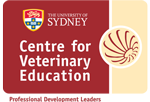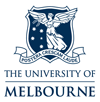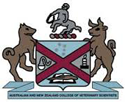Cherry Eye
A cherry eye is the prolapse of the gland of the third eyelid. The appearance is a red lump at the inner eyelid corner. The cause of this condition is unknown but it is common in certain breeds. Breeds that are predisposed include Basset Hound, Maltese, Beagle, British Bulldog, Australian Bulldog, Cocker Spaniel, Rottweiler, Shih Tzu and Neapolitan Mastiff.


